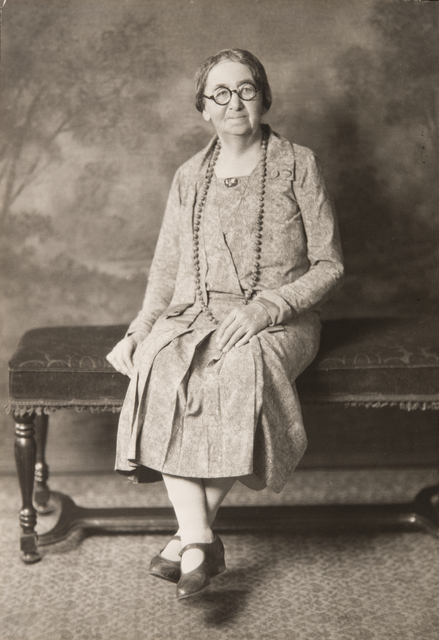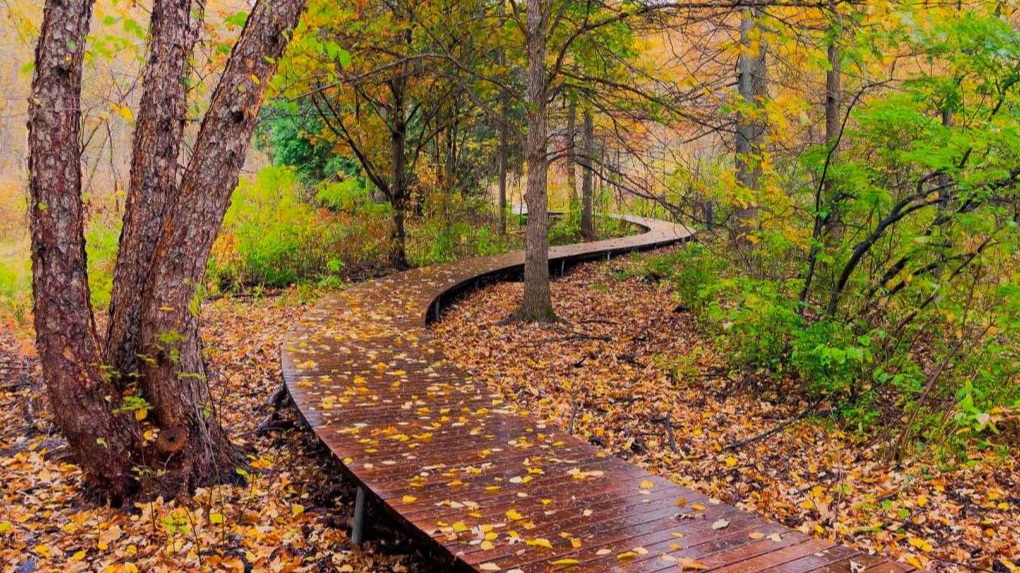Who the Heck Was Eloise Butler?
Eloise Butler’s interest in the natural world began when her aunt taught her how to identify the plants in home state of Maine. After graduating college, Butler began teaching high school botany before moving to Minneapolis in 1874 to teach at Central School. In addition to teaching, she continued her own studies by taking courses at the University of Minnesota. Her early research concentrated on desmids (a kind of freshwater algae) and in 1882, she identified three new species–two of which were eventually named after her.
As she studied, Butler became aware of the lack of scientific observation opportunities in Minneapolis. She also believed that her young students would benefit from the ability to spend time in a natural setting, much like she did as a child with her aunt. So in 1907, Butler founded the Minneapolis Wild Botanic Garden. She went on to be appointed as the curator of the garden four years later.


The Minneapolis Wild Botanic Garden was the first wild garden in the country. Rather than creating traditional flower patches, cultivating, and pruning, Butler interfered with the native plants as little as possible. Her mission was to provide the plants with an environment as close as possible to how they would grow natively. Besides guiding visitors through the garden, Butler created a topographical survey of the garden and a built a catalog of the flora growing in the preserve. She went on to plan and oversee the expansion of the garden to include diverse environments such as a bog and a pond, which meant collecting and transplanting hundreds of native plants from across the state–many of which were threatened. Oh, and she also wrote a regular column for the Minneapolis Tribune newspaper that focused on gardening in the city.
In 1929, the garden was named the Eloise Butler Wild Flower Garden to recognize Butler’s utter devotion to the project. Just a few years later, Eloise Butler suffered a heart attack while walking back to her home after working in the garden on April 10, 1933. She died later that day. According to her wishes, her ashes were scattered beneath a Pin Oak in the garden during a ceremony to honor her memory. Butler’s longtime friend and assistant, Martha Crone, took over curatorship of the garden.
The garden continues to grow and thrive in a quiet corner of Minneapolis while still honoring the hard work and forward thinking of its founder. Now you know who the heck Eloise Butler was.
